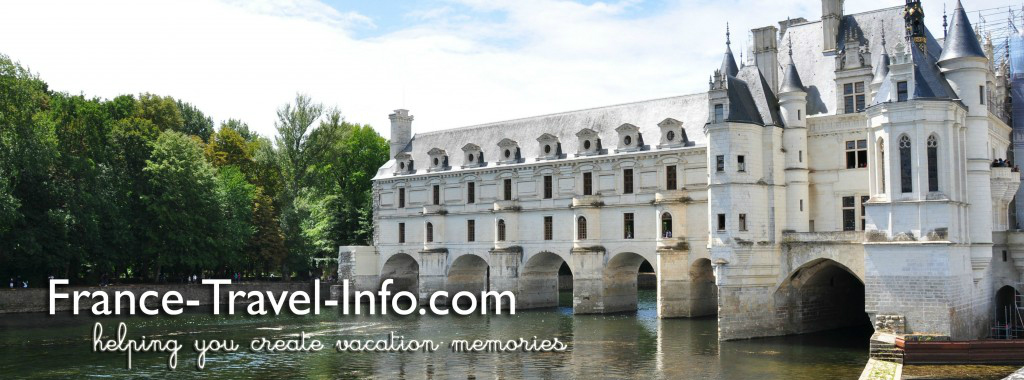Grand Amphitheater
Located on the outskirts of the town, the amphitheater was built outside the ramparts of Grand. The builders of the day took advantage of the natural slopes of the valley when constructing this semi-elliptical theater. We were able to have a real sense of what the Grand Amphitheater looked like originally as the seating has been constructed over one-half of the original stone supports. The seating has been built to the original dimensions and height so that you have a real sn understanding of the size of the amphitheater.

The chosen wood for the seats is a tropical timber called ioko that ages to look like the color of stone.
Care was taken when building the structure you see in the photo above. A tropical wood was selected that would take on the color of stone when it ages to enhance the look of authenticity. The seating was specifically built to protect the newly unearthed ancient stones from the elements.
Sadly this 17,000 seat grand amphitheater (I couldn’t resist the pun!) was abandoned in the 4th century with the rise of Christianity. The inhabitants of Grand then used the amphitheater as a quarry and for years to come they removed many of the structure’s stones to use for other purposes.
Time Takes its Toll
Time and the elements of nature gradually caused the Grand Amphitheater to be buried under dirt and vegetation. By the 19th century all that was visible was the outline of its silhouette in the earth. In 1963 excavation began and what we see today is the result of almost 20 years of work. Excavations terminated in 1981.

The newly constructed seating protects the ancient stones from the elements.
Even though it was the middle of the summer when we visited, cold chills ran over my arms as we walked through the areas beneath the stands. What is it about places like this that makes time stand still! Animal fights and hunts, drama, and even poetry recitations took place here according to the documentation. When Christianity spread, why was it abandoned instead of continuing to be used as a gathering place for Christians? It seems so sad that it was left to the elements.

There were three tiers of seating in the Grand Amphitheater when it was built in the first century. Outside staircases would have been found at regular intervals to leading to openings in the upper most seating gallery. These openings, vomitories, allowed spectators to enter through the top of the amphitheater and then climb down to the other tiers. (A vomitory or vomitorium – an entrance piercing a bank of seats in a theater or amphitheater.)
Follow the signage to the preserved mosaic in town that was once the floor of a basilica. It is enormous!
Also located in the Lorraine Region of France only 20km from the Grand Amphitheater is Domrémy-la-Pucelle which it the birthplace of Joan of Arc. I highly recommend you plan a visit here also if you are in this area as both sites are easily seen in the same day.
Grand Amphitheater
4 rue de la Mosaïque
88 350 GRAND


Leave a Reply